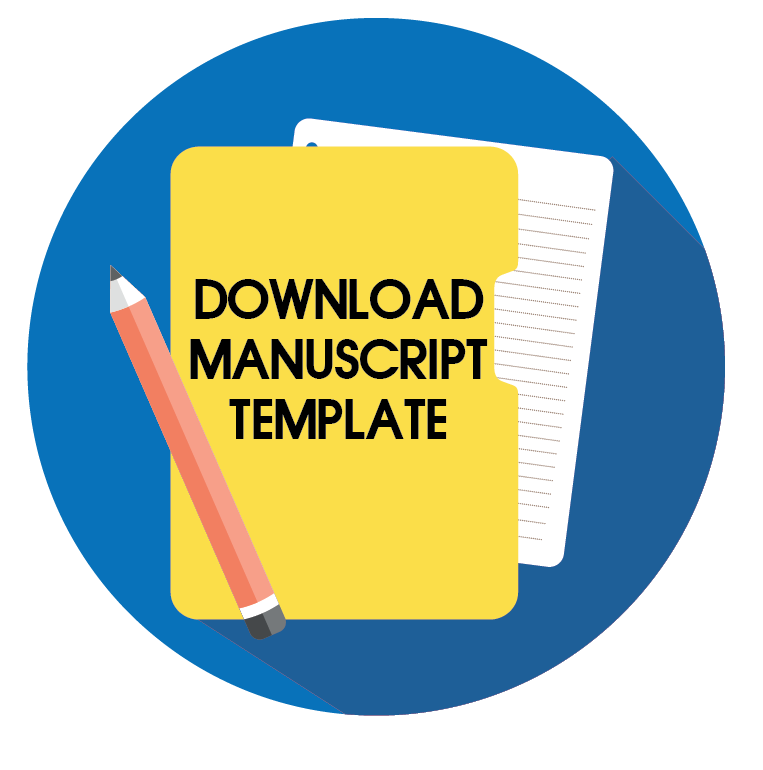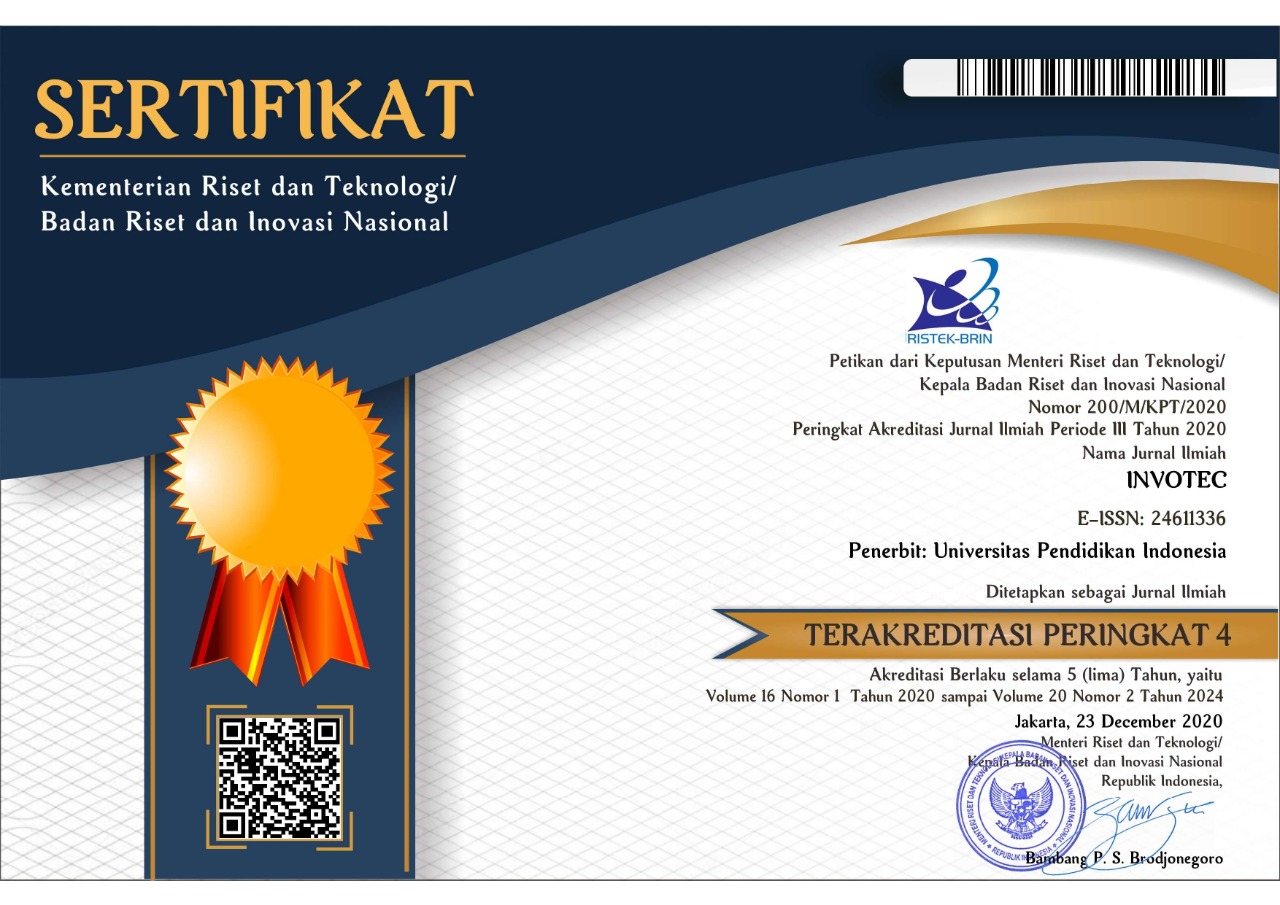E-Learning Methods Impact in Vocational Education
Abstract
The development of science and technology, especially in the field of information and technology, has helped and supported progress in all fields, including education. Learning processes that utilize technology and information in providing vocational education or E-learning is an important part. E-learning provides flexible space and time benefits for educators and students. This research is a literature review to understand e-learning systems in learning, especially vocational learning, which has various challenges and aims to deal with specific and technical abilities in each specific vocational field. The literature search strategy uses the search for articles published in national and international scientific journals. The results of research on e-learning indicate that the e-learning method is beneficial for every student and is very effective because e-learning provides space, time and cost benefits for students and educators. In addition, various supporting tools in the assessment of affective, cognitive and psychomotor aspects are available. Even the soft skills needed by vocational education students can be facilitated through e-learning. Optimizing e-learning will have a good impact on vocational education in preparing graduates who are ready to work.
Keywords
Full Text:
PDFReferences
Ana, A., Minghat, A. D., Purnawarman, P., Saripudin, S., Muktiarni, M., Dwiyanti, V., and Mustakim, S. S. (2020). Students' Perceptions of the Twists and Turns of E-learning in the Midst of the Covid 19 Outbreak. Romanian Journal for Multidimensional Education/Revista Romaneasca pentru Educatie Multidimensionala, 12, 15-26.
Anneken, S. (2016). Chancen und Grenzen des Mobile Learning aus Sicht von kaufmannischen Mitarbeiter(inne)n, Medienproduction – Online Zeitschrift fur Wissenschaft und Praxis, Ausgabe 10, S. 30-35. [Online]. Retrieved from: http://www5.tu-ilmenau.de/zeitschrift-medienproduktion/index.php/chancen-und-grenzen-des-mobile-learning-aus-sicht-von-kaufmaennischen-mitarbeiterinnen/
Azmi, S., Fadzilah Mat Noor, S., and Mohamed, H. (2017). A Proposed Model of M-Learning for Technical and Vocational Education Training (TVET) Students. Journal of Theoretical & Applied Information Technology, 95(12).
Beinicke, A., and Bipp, T. (2018). Evaluating training outcomes in corporate e-learning and classroom training. Vocations and learning, 11(3), 501-528.
Belaya, V. (2018). The Use of e-Learning in Vocational Education and Training (VET): Systematization of Existing Theoretical Approaches. Journal of Education and Learning, 7(5), 92-101.
Bofill, L. (2016). The design and implementation of online radiology modules using the ADDIE process and rapid prototyping. (Doctoral dissertation). [Online]. Retrieved from: ProQuest Dissertations and Theses database.
Callan, V. J., Johnston, M. A., and Poulsen, A. L. (2015). How organisations are using blended e-learning to deliver more flexible approaches to trade training. Journal of Vocational Education & Training, 67(3), 294-309.
Chavan, M., Yoshikawa, H., and Bahadur, C. (2013). The future of our children: Lifelong, multi-generational learning for sustainable development. Report of the thematic workgroup on early childhood development, education and the transition to work of the UN sustainable development solutions network). New York, Paris, and New Delhi: UN Sustainable Development Solutions Network.
Cox, M. J. (2013). Formal to informal learning with IT: research challenges and issues for e-learning. Journal of Computer Assisted Learning, Special Issue: Knowledge Transformation, Design and Technology, 29(1), 85-105.
de Witt, C. (2012). Neue Lernformen für die berufliche Bildung: Mobile Learning–Social Learning–Game Based Learning. Berufsbildung in Wissenschaft und Praxis, 41(3), 6-9.
Fleming, J., Becker, K., and Newton, C. (2017). Factors for successful e-learning: does age matter? Education + Training, 59(1), 79-89.
Gros, B., and García-Peñalvo, F. J. (2016). “Future Trends in the Design Strategies and Technological Affordances of E-Learning,” In M. Spector, B. Lockee, and M. Childress (Eds.). Learning, Design, and Technology. Springer, Cham.
Huchthausen, M., and Droste, M. (2014). E-Learning: Vorund Nachteile des online gestutzten Lernens, ddm, Ausgabe 4, S. 82-83. [Online]. Retrieved from: http://digital-dental-magazin.de/wp-content/uploads/13_E-Learning-Vor-und-Nachteile-des-onlinegest%C3%BCtzten-Lernens.pdf
Mustofa, G. G., Ana, A., Widiaty, I., Muktiarni, and Dwiyanti V. (2020). Improving learning performance by applying multi-platform e-rubric as a soft skills assessment instrument in the creative-art area of Indonesian vocational education. Journal of Engineering Science and Technology, Special Issue on AASSEEEC2020, December (2020), 61–69.
Khuana, K., Khuana, T., and Santiboon, T. (2017): An instructional design model with the cultivating research-based learning strategies for fostering teacher students’ creative thinking abilities. Educational Research and Review, 12(15), 712-724.
Kimiloglu, H., Ozturan, M., and Kutlu, B. (2017). Perceptions about and attitude toward the usage of e-learning in corporate training. Computers in Human Behavior, 72, 339-349.
Putra, A. B. N. R., Zahro, A. H., Mukhadis, A., Ulfatin, N., and Ashar, M. (2019). Learning Innovation Online Course Based on Blended Learning for Interactive Learning in The Era of Education 4.0. Journal of Disruptive Learning Innovation (JODLI), 1(1), 46-55.
Setiawan, A., Nurlaela, L., dan Yundra, E. (2019, November). Pengembangan e learning sebagai media pembelajaran pendidikan vokasi. Prosiding Seminar Nasional SANTIKA Ke-1 2019, pp. 52-56.
Setiawan, A., Putra, D. R., Sujalwo, S., and Cahyo, A. N. (2020). Development of Moodle-based Learning Media using Blended Learning Methods in Graphic Design Subject. IJID (International Journal on Informatics for Development), 8(2), 52-54.
Shdaifat, S. A. K., Shdaifat, N. A., and Khateeb, L. A. (2020). The Reality of Using E-Learning Applications in Vocational Education Courses During COVID 19 Crisis from the Vocational Education Teachers’ Perceptive in Jordan. International Education Studies, 13(10), 52-54.
Sitzmann, D. (2015). Rahmenwerk fur zielgruppenorientiertes Blended E-Learning im MINT-Bereich im Kontext des Lebenslangen Lernens. Dissertation, Technische Universitat Clausthal.
Van Niekerk, J., and Webb, P. (2016). The effectiveness of brain-compatible blended learning material in the teaching of programming logic. Computers & Education, 103, 16-27.
Wang, M. (2018). A Framework of Performance-Oriented Workplace e-Learning. In E-Learning in the Workplace (pp. 95-103). Springer, Cham.
DOI: https://doi.org/10.17509/invotec.v17i1.32219
Refbacks
- There are currently no refbacks.
Copyright (c) 2021 INVOTEC

This work is licensed under a Creative Commons Attribution-ShareAlike 4.0 International License.
This journal provides immediate open access to its content on the principle that making research freely available to the public supports a greater global exchange of knowledge.

This work is licensed under a Lisensi Creative Commons Atribusi-BerbagiSerupa 4.0 Internasional.





